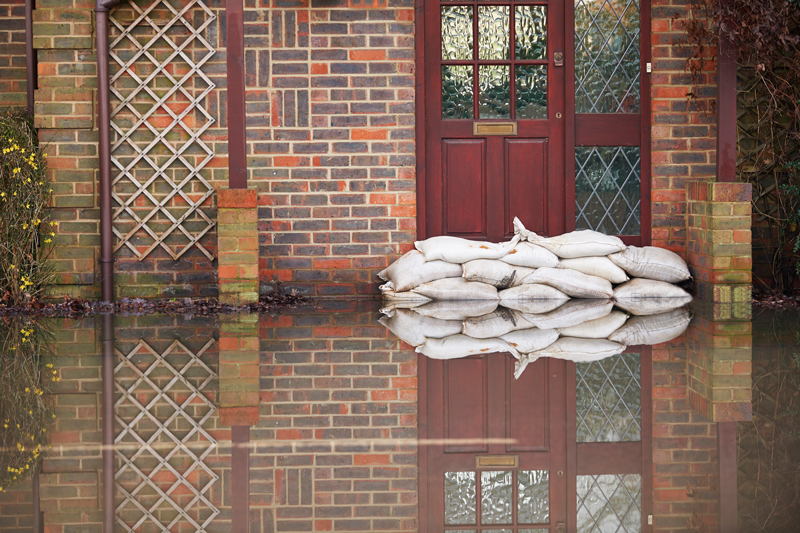
When we talk about the resilience of a building, we’re discussing its ability to stand tall in the face of natural disasters like earthquakes, floods and fires — and even (seemingly) smaller-scale issues such as wind damage, mold and vermin infestations. In this context, masonry isn’t just a building material — it’s a symbol of strength and elegance.
Designing masonry buildings involves adhering to a set of standards and best practices that ensure the structural integrity, durability, and safety of the construction. Here’s an overview of key aspects, including how masonry buildings stand tall in the face of safety and reliability challenges seen throughout California.
Safety in masonry building design starts with adherence to local and international building codes, such as the California Building Code (CBC) and any applicable local codes. These codes provide guidelines on material selection, structural design, load-bearing capacities, and earthquake resistance.
Using high-quality materials is crucial — this includes selecting the right type of brick, block, stone, and mortar. The materials should comply with standards like the American Society for Testing and Materials (ASTM) for strength, durability, and fire resistance.

Safe masonry construction requires precise structural design and analysis. This includes calculating loads, stresses, and strains that the structure will endure. Engineers often use software for modeling and analysis to ensure the masonry structure is designed to withstand various forces like gravity, wind, seismic activity, and thermal changes. Here’s a great selection from the International Masonry Institute.
In areas prone to seismic activity or high winds (more on that below), masonry buildings must be reinforced. Designing masonry buildings also involves considering factors like insulation, waterproofing, and vapor barriers to protect against moisture damage and to ensure energy efficiency.
Designing for accessibility, such as providing ramps and handrails, is not only a best practice, but a legal requirement. Safety features, including emergency exits and non-slip surfaces, are vital in public and commercial buildings — Building in California even has its own ADA Cheat Sheet.

Organizations such as The Masonry Society (TMS) and American Concrete Institute (ACI) provide resources and standards that guide safe masonry practices. Keeping abreast of changes in these standards is essential for professionals in the field.
During a natural disaster, occupants in masonry buildings can shelter in place which not only protects those inside, but requires less energy and resources for emergency response, reconstruction, repair and recovery. In fact, sheltering inside a reinforced concrete masonry building is one of the safest places to be during a storm as most safe rooms and shelters are made with concrete masonry systems.
First, consider wind — a major force in the plains and valleys. In California, damage from high winds is most common along the Santa Ana River basin in Orange County, the Santa Clara River basin in Ventura and Los Angeles County, through Newhall Pass into the San Fernando Valley and through the Cajon Pass into San Bernardino County. Masonry walls have a remarkable ability to withstand such high winds.
Compared to wood structures, masonry absorbs very little water, remains structurally sound and resists warping or twisting, which prevents rot. In flood-prone areas, these materials can be a game-changer in adapting to climate change and extending the lifespan of homes. Even after prolonged immersion, masonry buildings tend to be salvageable. Masonry infill absorbs impact energy, reducing local damage, and masonry veneers and panel systems can usually be repaired with ease. Additionally, the latest advancements in waterproofing, damp-proofing, and drainage systems for masonry play a significant role in ensuring the protection of a building’s contents and occupants from water penetration.

In earthquake-prone regions along the San Andreas fault (the Santa Cruz Mountains, up the San Francisco Peninsula, and along the Marin and Sonoma County coasts), masonry’s resilience becomes even more apparent. Combined with reinforced concrete, it helps maintain the structural integrity of walls and floors, reducing the likelihood of failure under seismic stress. Reinforced concrete masonry construction distributes loads across various components, maintaining structural stability during an earthquake. Technologies like base isolation can be integrated into masonry or reinforced concrete structures, enhancing their ability to withstand earthquakes, and safeguarding people and the buildings themselves.
While Rancho Palos Verdes, Calabasas, La Cañada Flintridge, Palos Verdes Estates and Malibu in Southern California face the highest fire risk, Napa, Sonoma, Colusa, Yolo and Colusa counties in Northern California have the greatest increase in wildfire risk in the state. There’s no region that’s immune anymore. Luckily, when exposed to fire, masonry does not burn, melt, twist, warp or emit toxins. Concrete and clay masonry, in particular, are fire-resistant since they are not flammable like wood or other organic materials and have natural compositions that render them nearly impervious to burning. Additionally, concrete and clay masonry walls often require only minor repairs, such as patching cracks and tuckpointing, instead of complete demolition and rebuilding after intense fires. Most damage to these walls in fires is typically due to loss of structural support rather than direct fire impact.

Masonry’s resilience extends to its ability to resist mold, mildew, and insect infestations — common problems often found in damp areas like the North Coast Region. Its dense, solid structure discourages the growth of mold and provides no shelter for insects. Unlike wood, concrete and clay masonry offer no sustenance to pests and termites, significantly reducing the chances of infestation.
Ultimately, masonry stands as a bastion of safety and elegance in California’s diverse and challenging landscape, offering unparalleled resilience against natural and environmental adversities. Its proven strength, combined with adherence to rigorous building standards and innovative design practices, makes masonry not just a choice for construction but a statement of commitment to enduring quality, safety, and architectural beauty in the face of nature’s most formidable challenges.